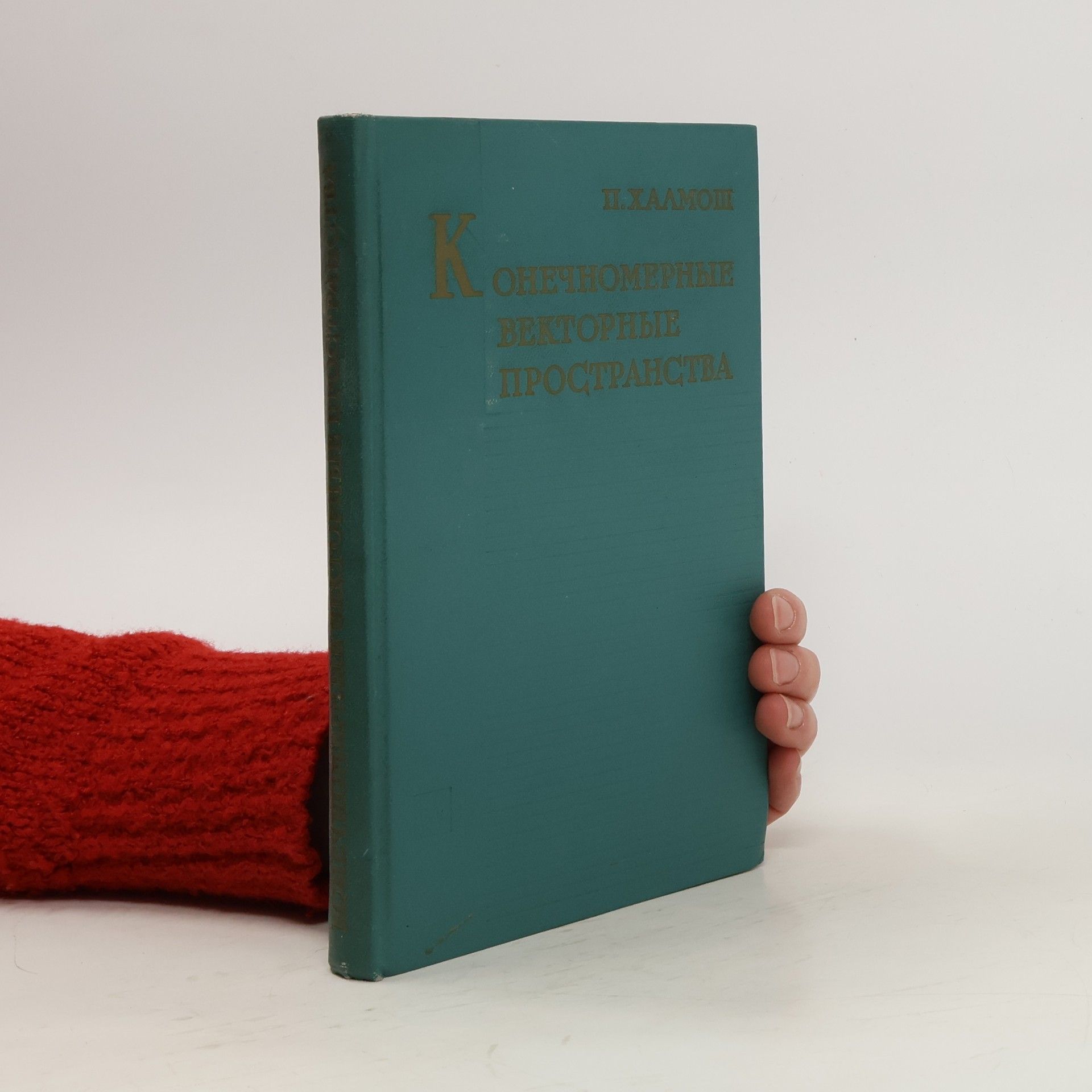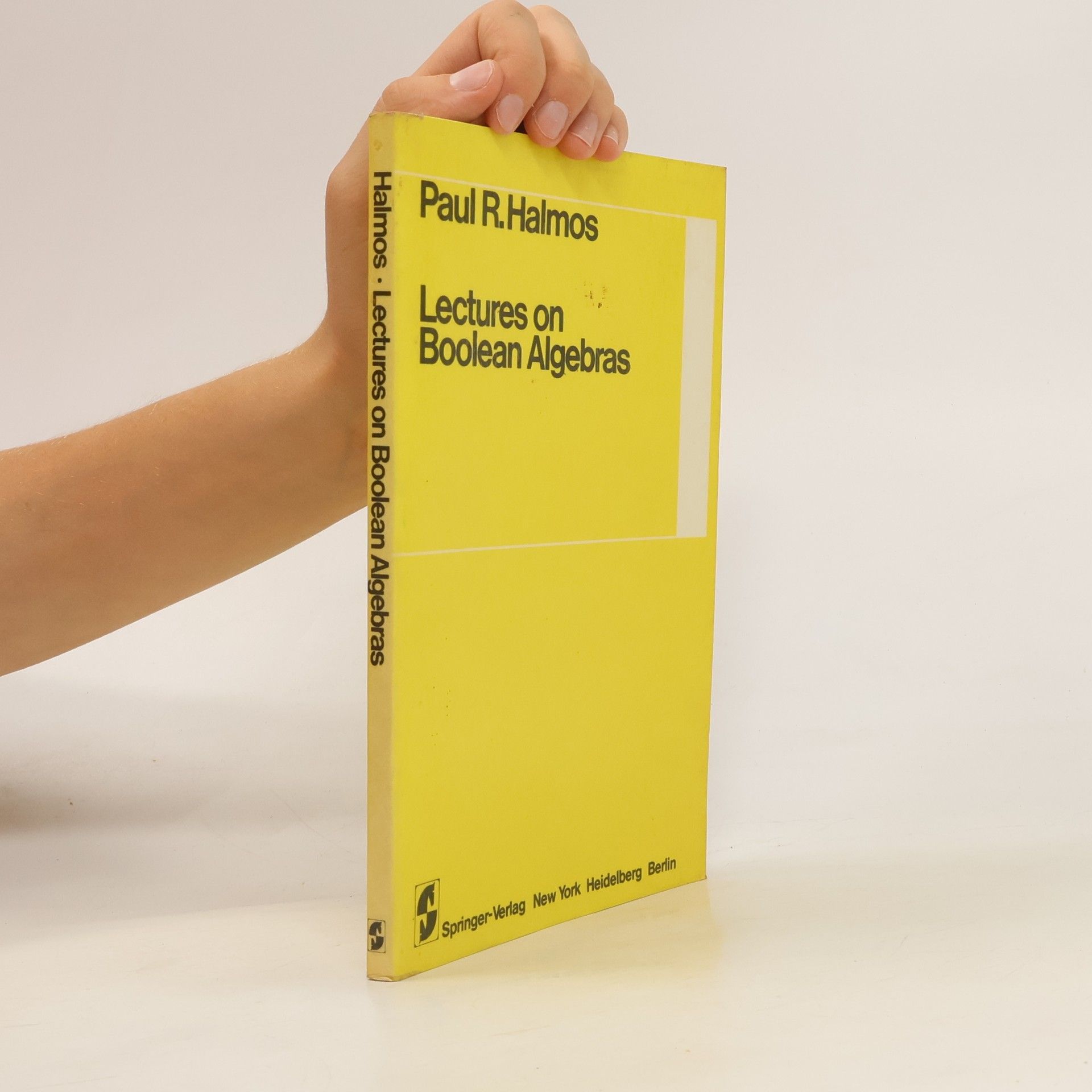Naive Mengenlehre
- 132 Seiten
- 5 Lesestunden






This book is designed for readers with prior knowledge of Hilbert space theory. It offers a collection of problems accompanied by definitions, historical insights, and hints. The extensive solutions section provides proofs and constructions, making it a valuable resource for active learners rather than an introductory text.
Ann Arbor, Michigan ] anuary, 1963 Contents Section Page 1 1 Boolean rings ............................ 4 Regular open sets . 10 Free algebras . 13 Boolean a-algebras . 15 Measure algebras . 69 17 Boolean spaces . 22 Boolean a-spaces . 24 Boolean measure spaces . 25 Incomplete algebras . 26 Products of algebras . 27 Sums of algebras .
Renowned for its mastery of linear algebra, this book has been updated with a new title and improved typesetting, making it more accessible to readers. Originally published as "Finite-Dimensional Vector Spaces," it addresses the complexities of the subject while correcting previous oversights. The revised edition aims to attract both math majors and a broader audience who may have previously overlooked its value.